A mosaic of forest, scrub, grassland and heath is being restored in the Netherlands to boost biodiversity. The reserve’s firm focus on natural grazing and natural processes is a valuable addition to the ongoing knowledge exchange between members of the European Rewilding Network.
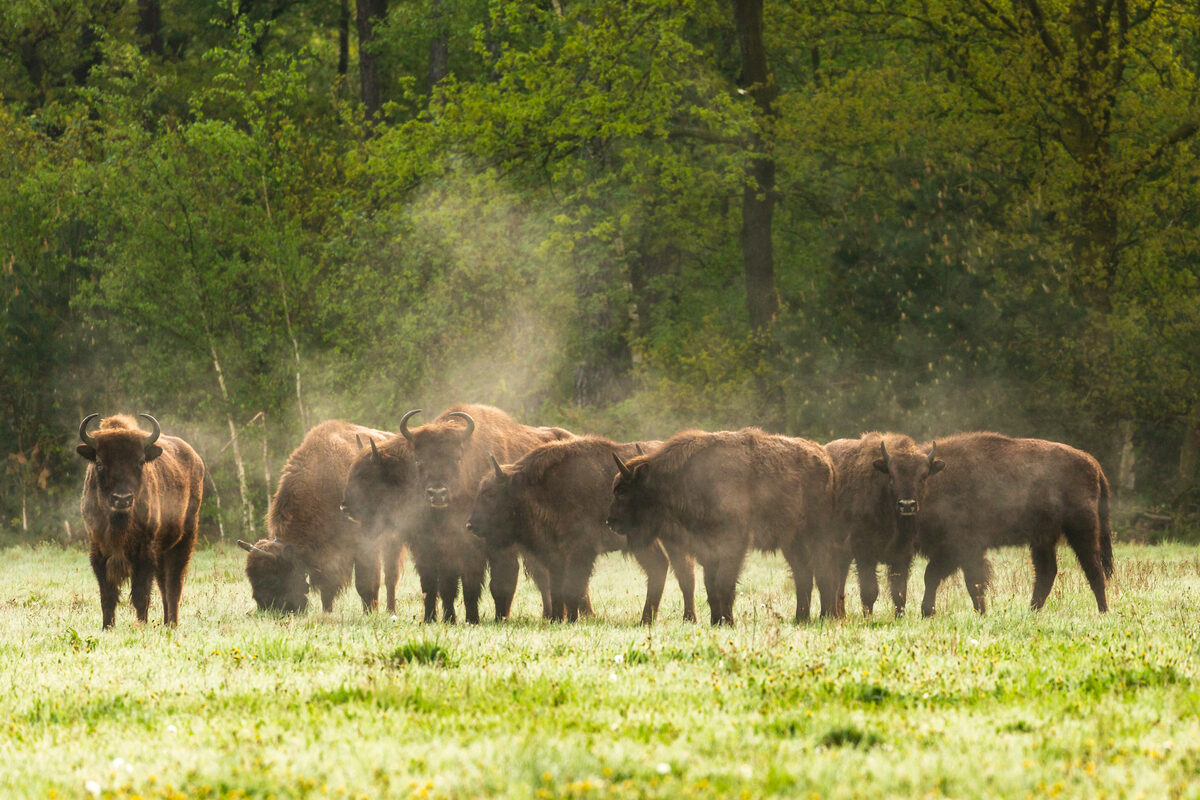
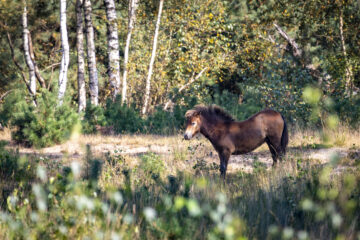
Creating a contiguous area for nature
De Maashorst is on a mission to link its core open habitat of 1,500 hectares with the surrounding forest. Large grazers that include European bison, Tauros and Exmoor ponies are playing a pivotal part in helping to reshape the landscape, making it ever-changing and more biodiverse.
With more than a decade of rewilding work behind them, De Maashorst is a great new contribution to the growing European Rewilding Network.
Nature network
De Maashorst sits within a wider area of 3,500 hectares that forms the Nature Network Brabant, which is surrounded by a zone of small-scale agriculture. By 2050, a connected, unbroken expanse of habitats will have been established with human management and disturbances having as little effect on the reserve as possible. The natural processes and variety that largely govern the core zone of grassland, heath, drifting sands and fens at present are finding their way into the forest plantations, where there is a greater recreational presence.
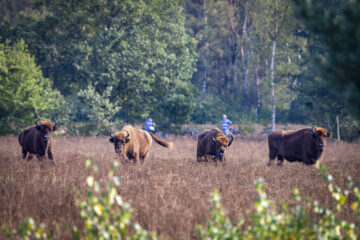
Finding a way to balance the needs of wild nature alongside the needs of people is at the heart of De Maashorst’s management plan. Their efforts aim to foster a greater sense of pride, ownership and responsibility for wildlife among landowners, entrepreneurs and the general public. Membership of the ERN will give the Maashorst access to best practice knowledge for creating more coexistence between species such as bison and the reserve’s human population.
“By becoming a member of the ERN, we can come more easily into contact with other areas to share knowledge and obtain information and advice. In addition, we hope the network can be used to exchange large grazers, such as bison, Exmoor ponies and Tauros, in order to keep the gene pool optimal”, says Hester Berns, Project Leader of Nature and Recreation at De Maashorst.
Large grazers
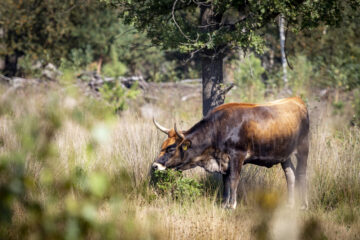
The Maashorst brings valuable experience in natural grazing processes – being one of the first sites in Europe to have European bison, Tauros and Exmoor Ponies interacting together on the same site. They can provide precious insights into how the grazers have been influencing the land’s vegetation and its people, with large herbivores present in the northern portion of the reserve since 1996.
The collective grazing behaviour increases the variation in vegetation structure, establishing more favourable conditions for more species. The bison’s natural disturbance of the landscape can have a profound effect. Their unrivalled ability to create clearings in dense undergrowth allows more light to penetrate the forest floor, triggering plant growth, creating more deadwood, and developing breeding habitat for bird species such as the red-backed shrike – the reserve’s flagship species.
Grazing for diversity

Ten new species of breeding bird have been recorded since grazing began. Thorn and bramble scrub is creating a sanctuary for pedunculate oaks to grow, as well as providing sought after habitat for warblers, stonechat and yellowhammer. By suppressing grass growth, flower abundance can increase. Corridors are created by their movements, linking up microhabitats.
Sand bees and digger wasps make good use of the bison’s mud wallows, and lay eggs in the sand baths they carve out. Pioneer plant species also thrive here. Plant seeds will be carried in their dense fur, nurturing natural regeneration and dispersal. The ecosystem engineer’s dung enriches the soil and sustains more insect life, such as beetles – which feature on the menu of many birds and mammals.
The digging ability of large grazers to open up moss and grass layers with their hooves aids plant growth by aerating the soil. Accumulations of hay and deadwood benefit the viviparous lizard, and natterjack toads are often found at bull pits. Butterflies have increased, possibly due to a greater variety of flowers. Land previously used for farming is gradually being returned to nature through these new processes.
And the trio of grazing species each have a different role to play. While the bison keep forests open, eat drier grasses and prune and peel more trees, the Exmoor ponies focus more on grass and remove the bark from different species to the bison – spending time on the grassland during summer, then moving into the forest in winter. The Tauros prefer grassland and open up young birch forest, pruning more twigs than the bison.
Developing nature and recreation
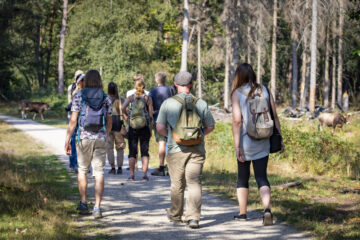
“The starting point for the core of De Maashorst is to restore and create natural processes, and thereby increase biodiversity”, tells Berns. At the same time, it is crucial that the local people and tourists benefit from the more natural surroundings, creating the conditions for enhanced health and quality of life, while encouraging a deeper connection with nature.
Recreational infrastructure has been improved and the public’s views on the wildlife development have been sought. Additionally, a network of volunteer rangers is now in place to give excursions and monitor the herds.
A platform for exchange
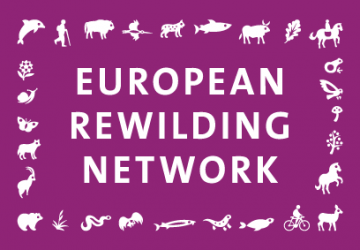 Today rewilding is gaining momentum as a progressive and effective approach to conservation in Europe. Underpinning this trend, the burgeoning European Rewilding Network continues to foster collaboration and amplify results.
Today rewilding is gaining momentum as a progressive and effective approach to conservation in Europe. Underpinning this trend, the burgeoning European Rewilding Network continues to foster collaboration and amplify results.
Founded by Rewilding Europe in 2013, the aim of the ERN is to enhance the efforts of each member by facilitating the exchange of skills, insight and experience. Members meet regularly, usually via webinar, while nature-based businesses can also apply to Rewilding Europe Capital, Rewilding Europe’s enterprise loan facility.
Rewilding Europe extends a warm welcome to all European rewilding initiatives that focus on practical, result-oriented rewilding and encourages them to apply for ERN membership.
